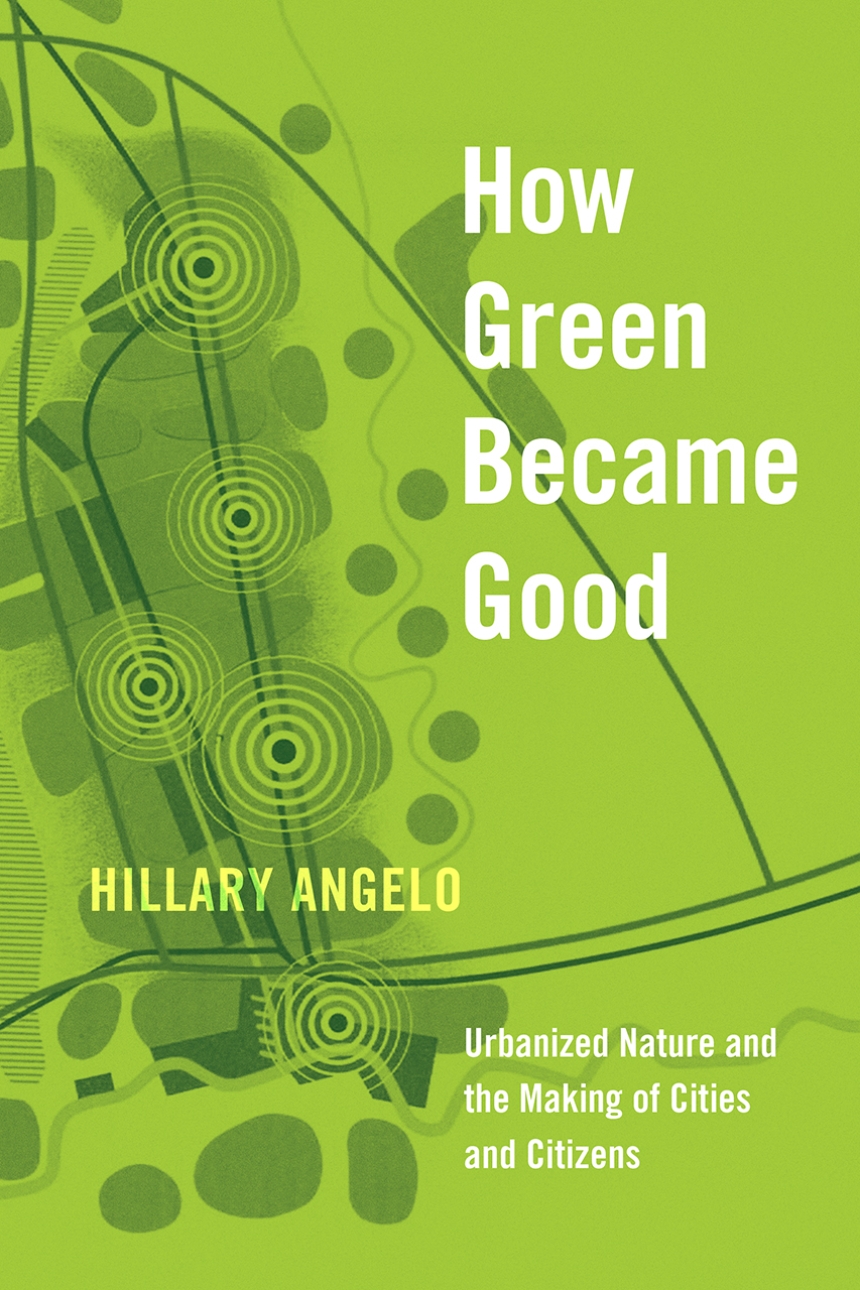How Green Became Good
Urbanized Nature and the Making of Cities and Citizens
9780226739045
9780226738994
9780226739182
How Green Became Good
Urbanized Nature and the Making of Cities and Citizens
As projects like Manhattan’s High Line, Chicago’s 606, China’s eco-cities, and Ethiopia’s tree-planting efforts show, cities around the world are devoting serious resources to urban greening. Formerly neglected urban spaces and new high-end developments draw huge crowds thanks to the considerable efforts of city governments. But why are greening projects so widely taken up, and what good do they do? In How Green Became Good, Hillary Angelo uncovers the origins and meanings of the enduring appeal of urban green space, showing that city planners have long thought that creating green spaces would lead to social improvement. Turning to Germany’s Ruhr Valley (a region that, despite its ample open space, was “greened” with the addition of official parks and gardens), Angelo shows that greening is as much a social process as a physical one. She examines three moments in the Ruhr Valley's urban history that inspired the creation of new green spaces: industrialization in the late nineteenth century, postwar democratic ideals of the 1960s, and industrial decline and economic renewal in the early 1990s. Across these distinct historical moments, Angelo shows that the impulse to bring nature into urban life has persistently arisen as a response to a host of social changes, and reveals an enduring conviction that green space will transform us into ideal inhabitants of ideal cities. Ultimately, however, she finds that the creation of urban green space is more about how we imagine social life than about the good it imparts.
264 pages | 14 halftones | 6 x 9 | © 2021
Geography: Cultural and Historical Geography
History: Environmental History, Urban History
Sociology: Social History, Urban and Rural Sociology
Reviews
Table of Contents
Introduction: Urban Greening beyond Cities
Part 1 Green Becomes Good
1 The Imaginative Turn to the City
2 Building an Urban Future through Nature
Part 2 Contested Social Ideals
3 The Space-Time of Democracy: Parks as a Bourgeois Public Sphere
4 Proletarian Counterpublics: Reimagining the Colonies
Part 3 The Social Life of Urbanized Nature
5 Producing Nature, Projecting Urban Futures
6 Experiencing Nature as a Public Good
Conclusion: Global Greening Today
Acknowledgments
References
Index
Part 1 Green Becomes Good
1 The Imaginative Turn to the City
2 Building an Urban Future through Nature
Part 2 Contested Social Ideals
3 The Space-Time of Democracy: Parks as a Bourgeois Public Sphere
4 Proletarian Counterpublics: Reimagining the Colonies
Part 3 The Social Life of Urbanized Nature
5 Producing Nature, Projecting Urban Futures
6 Experiencing Nature as a Public Good
Conclusion: Global Greening Today
Acknowledgments
References
Index
